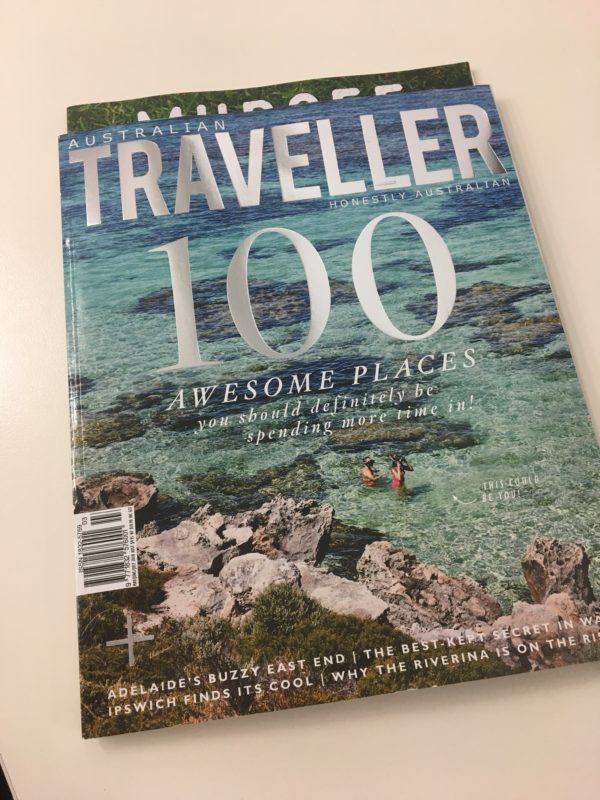Why Australian Traveller launched its biggest issue in 13 years
For some time, The Australian Traveller has launched a ‘top 100’ special edition magazine. Managing director Quentin Long explains how advertising encouraged the publisher’s biggest edition yet.
“A twenty-five minute train ride from Switzerland’s Zurich lies the city of Zug; a smaller, not so well known area home to a large expat community, the home of my own family in fact, for the better half of three years.”
“There’s no doubt the Mediterranean holds some of the most spectacular views in the world.”


